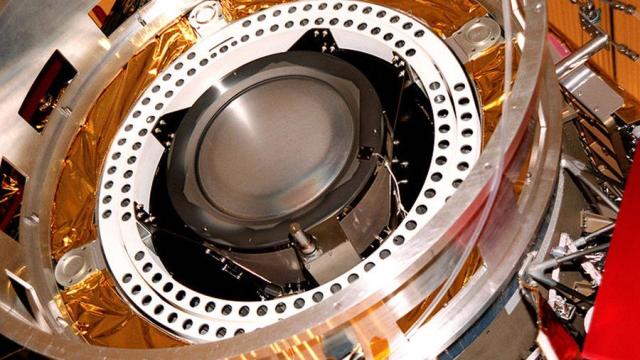Flight tests of Russian ion engines are planned to be conducted in 2025-2030, according to the Keldysh Research Center (part of Roscosmos).
The press service clarified that the products with a power of 200 W to 35 kW have already been created, and their resource characteristics are currently being confirmed.
"Preliminary work is underway to create an engine with a capacity of 100 kW," TASS wrote on Thursday, March 18.
The Keldysh Center noted that the specific method of conducting flight tests is still being discussed.
Low — power engines will be used in low-orbit small spacecraft, high-power engines will be used in heavy transport systems. The standard period of active existence of a modern propulsion system, as well as the device as a whole, is 15 years. This is the service life of the ion engine that the developers are striving for.
In August last year, the Keldysh Center developed a nanomaterial for spacecraft that can self-repair when damaged.
As the general director of the enterprise Vladimir Koshlakov told, if a hole appears in the material, it will "overgrow" within a few seconds.

